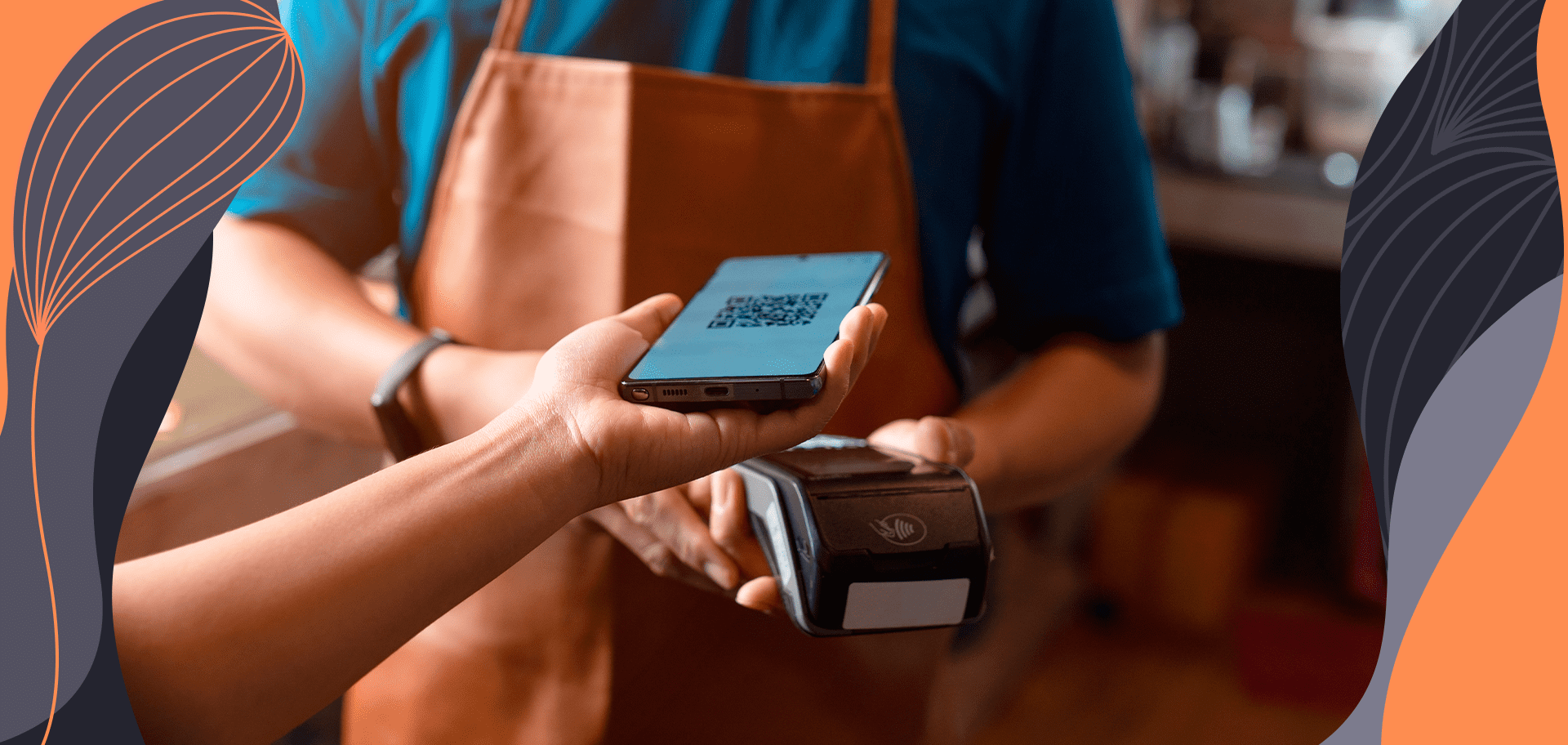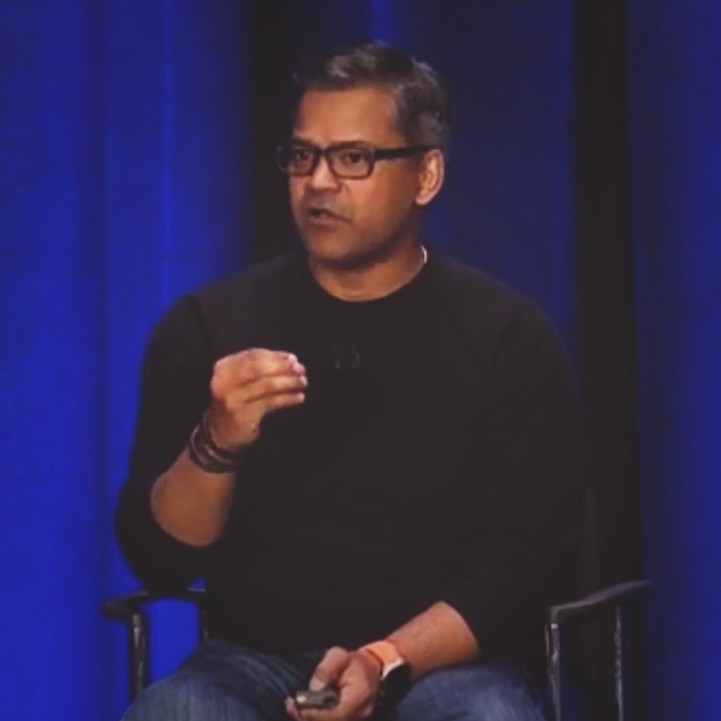When did digital wallets start?
The history of digital wallets is older than you think. Coca-Cola deployed arguably the first solution to appear close to a digital wallet in 1997. The soft drinks company installed two vending machines in Helsinki, Finland, which accepted payment by text message.
Two years later PayPal launched its electronic money transfer services to handle the buying and selling of goods over the internet. Unlike competitors Beenz and Floonz, PayPal decided against launching its own online currency and instead focused on accepting fiat money.
2003 and 2007 saw the launch of Alibaba’s Alipay and Kenya’s M-Pesa, respectively. Both offered payment options through mobile phones or mobile devices. M-Pesa has 37 million customers across Africa, and Alipay has 1.3 billion users.
What was the first digital wallet?
Was Apple Pay the first digital wallet? Not quite. Google is often cited as the company to offer the first digital wallet. In 2011 it launched Google Wallet (now known as Google Pay Send and part of Google Pay). Ahead of its time, it saw use on only one phone model and only with Mastercards issued by Citibank.
In 2013 Google integrated Google Wallet with its email client Gmail. This allowed users to send money through attachments. The physical Google Wallet Card followed this, enabling cash withdrawal from ATMs or payment terminals, and use as a debit card.
Has technology that digital and mobile wallets use changed?
Today, most forward-looking digital wallets are powered by the cloud. Cloud technology is a positive enabler for digital wallet technology. It has inbuilt security, can provide on-demand scalability, and perform intense processing.
A cloud wallet entails the storage of credit cards, vouchers, travel documents, and even medical information, off-site. Its storage by a cloud provider means these important aspects of your life are ready to be used 24/7, without having to trawl through computer folders or search cupboards at home.
The cloud wallet can facilitate digital, electronic payments anywhere in the world using near-field communication (NFC) technology. This can be seen in action with Google Pay, Apple Pay, and Samsung Pay wallets, which many customers use to pay in-store. Digital wallet usage has exploded in recent years. As many as 75% of consumers now use one.
Not only that, the cloud can act as a great baseline for the development of cloud crypto wallets, or token wallets on a blockchain. Its ability to provide extensive security, safe data storage, and enhanced data processing can underpin a successful and effective solution.
What does the future hold for digital wallets?
Digital wallets, while increasing in popularity, are the realm of fintech and technology firms. 67% of senior bankers say these two sectors dominate the market right now. Yet financial institutions are increasingly seeing digital wallets as a method of effective customer capture.
Experts predict that the future of wallets and tokenisation will continue to see user uptake across multiple verticals. This will result in the creation of “super wallets” containing more than just financial accounts, but information fundamental to a person’s identity and livelihood. It could be mortgage details, utility information, voter ID, and more.
Alipay and WeChat are already ahead of the market in this regard, with both offering messaging, grocery services, insurance, stocks, and more as well as payment via QR codes. UK fintech Revolut is moving down a similar path, with multiple channels including cryptocurrency. PayPal, a pioneer in the early days of wallets, has implemented a series of new features including loyalty programmes, buy now pay later (BNPL), gift cards, shopping, and bill management.










